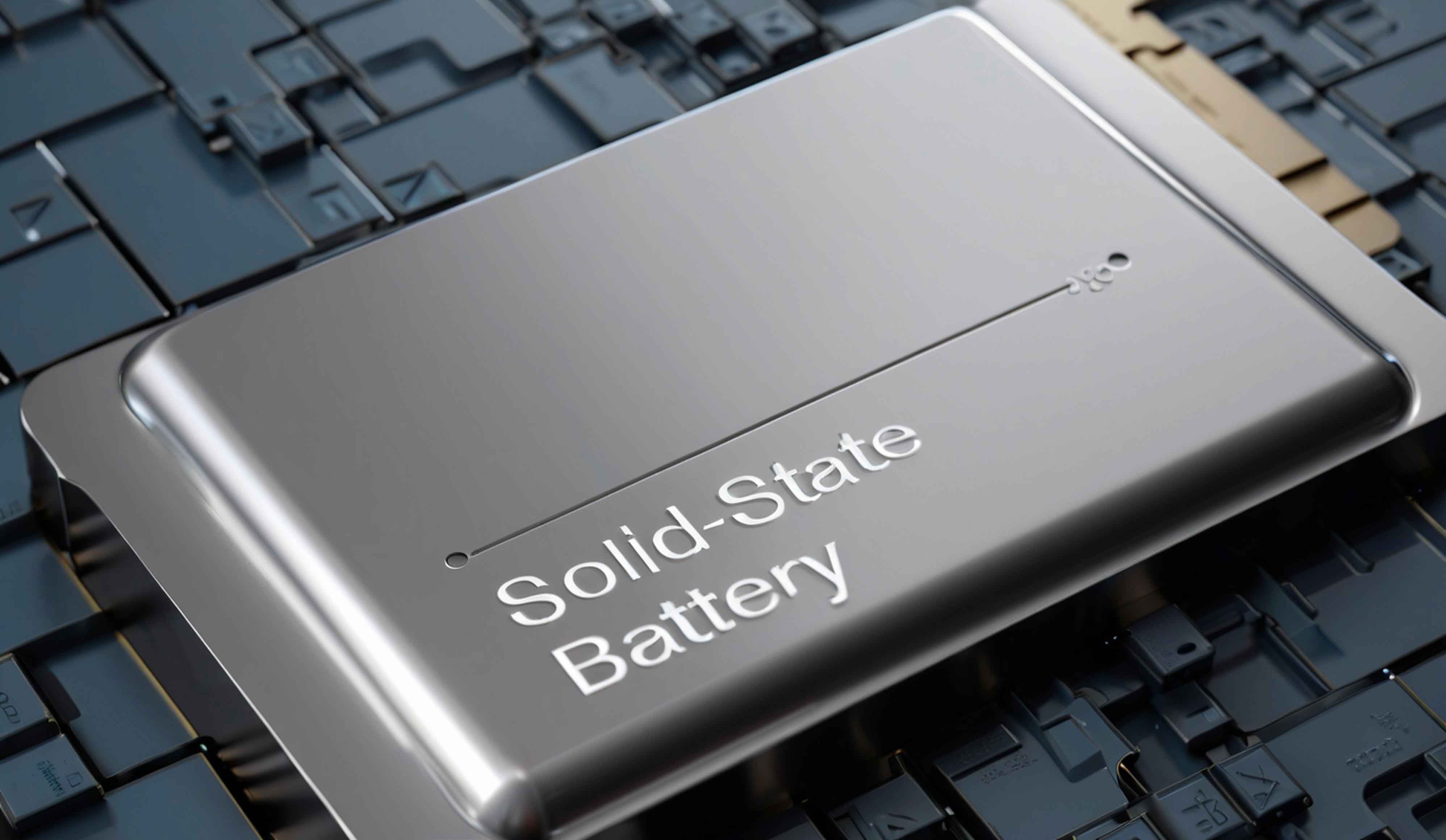As a researcher deeply immersed in the electrification of transportation, I have witnessed firsthand the seismic shifts driven by advancements in solid-state battery technology. These innovations are not merely incremental improvements but transformative leaps poised to redefine the automotive industry. Below, I present a comprehensive analysis of the current landscape, technical breakthroughs, challenges, and future trajectories of solid-state batteries, supported by data-driven insights, formulas, and comparative tables.

1. The Rise of Solid-State Batteries: Industry Momentum
Solid-state batteries (SSBs) have emerged as the linchpin for next-generation electric vehicles (EVs). Unlike conventional lithium-ion batteries (LIBs), SSBs replace liquid electrolytes with solid alternatives, unlocking unprecedented energy density and safety. Major automakers and battery suppliers are now racing to commercialize this technology.
Key Industry Players and Milestones
The following table summarizes recent advancements by leading companies:
| Company | Technology | Key Milestones | Target Year |
|---|---|---|---|
| Honda | Sulfide-based SSB | Demonstrated prototype with 400 Wh/kg energy density; pilot production line operational by 2024. | 2026 |
| CATL | Sulfide-based SSB | Achieved 20Ah prototype testing; expanded R&D team to 1,000+ members. | 2027 |
| BYD | Polymer-based SSB | Partnered with academia for joint R&D; unveiled 380 Wh/kg semi-solid-state battery. | 2028 |
| GAC Group | Oxide-based SSB | Validated 368 Wh/kg cells; plans to deploy in Haobo EVs by 2026. | 2026 |
| Huawei | Sulfide-based SSB | Filed patents for doped sulfide electrolytes to enhance cycle life. | N/A |
The energy density of SSBs far surpasses traditional LIBs:Energy Density (SSB)≈400−500 Wh/kgvs.Energy Density (LIB)≈200−300 Wh/kgEnergy Density (SSB)≈400−500Wh/kgvs.Energy Density (LIB)≈200−300Wh/kg
2. Technical Advantages of Solid-State Batteries
SSBs offer a trifecta of benefits: higher energy density, enhanced safety, and longer lifespan.
Energy Density and Range
The theoretical energy density of SSBs is governed by:Specific Energy=Voltage×CapacityMassSpecific Energy=MassVoltage×Capacity
For instance, IM Motors’ “Ultra-Fast Charging SSB 1.0” achieves 368 Wh/kg, enabling a 1,000 km CLTC range.
Safety Enhancements
SSBs eliminate flammable liquid electrolytes, reducing thermal runaway risks. Their ionic conductivity (σσ) relies on solid electrolyte properties:σ=n⋅e⋅μσ=n⋅e⋅μ
where nn = charge carrier concentration, ee = elementary charge, and μμ = mobility. Sulfide electrolytes, despite moisture sensitivity, exhibit σ>10−2 S/cmσ>10−2S/cm, rivaling liquid electrolytes.
Cycle Life
Interfacial stability between electrodes and solid electrolytes is critical. Huawei’s patented doped sulfide materials mitigate parasitic reactions, extending cycle life by 30%.
3. Technical Pathways and Challenges
Three primary electrolyte systems dominate SSB research:
| Electrolyte Type | Ionic Conductivity | Thermal Stability | Flexibility | Moisture Sensitivity |
|---|---|---|---|---|
| Polymer | Moderate (10−410−4) | Low | High | Low |
| Oxide | Low (10−610−6) | High | Low | Low |
| Sulfide | High (10−210−2) | High | Moderate | High |
Critical Challenges
- Interface Resistance: Mechanical stress from electrode volume changes disrupts contact. BYD’s CTO highlighted multi-directional expansion in large cells as a key hurdle.
- Manufacturing Complexity: Scaling lab prototypes to automotive-grade cells requires novel processes. CATL’s sulfide SSBs, for example, demand moisture-free environments, escalating costs.
- Cost: Current SSB production costs exceed 150/kWh,comparedto150/kWh,comparedto100/kWh for LIBs.
Industry leaders estimate SSB maturity on a 1–9 scale, with today’s progress at Level 4—functional prototypes but lacking commercial viability.
4. Roadmap to Commercialization
The path to mass production involves incremental milestones:
- Electrolyte Optimization: Solve ionic conductivity and interfacial issues.
- Anode Integration: Transition from silicon-based to lithium-metal anodes.
- Scalable Manufacturing: Develop roll-to-roll production for sulfide films.
Projected Timeline
| Phase | Timeline | Energy Density (Wh/kg) | Applications |
|---|---|---|---|
| Semi-Solid-State Batteries | 2024–2026 | 300–350 | Premium EVs, Aviation |
| Hybrid SSBs | 2026–2028 | 350–400 | Mainstream EVs, Motorcycles |
| Full SSBs | 2030+ | 400–500 | Mass-Market EVs, Grid Storage |
As Dr. Ouyang Minggao, a Chinese Academy of Sciences academician, emphasized: “Solid-state batteries require patience. Prioritize electrolyte stability before tackling anodes and cathodes. By 2030, we’ll witness true industrialization.”
5. Economic and Environmental Impact
SSBs could reduce EV costs long-term by slashing battery pack sizes. For example, a 500 Wh/kg SSB would cut pack mass by 50% versus today’s LIBs, saving 2,000–2,000–3,000 per vehicle. Environmentally, SSBs’ longer lifespan and recyclability align with circular economy goals.
6. Conclusion
Solid-state batteries are not just an evolution—they are a revolution. As automakers like Honda and tech giants like Huawei pour resources into SSBs, the dream of safer, longer-range EVs inches closer to reality. Yet, the journey demands collaboration across academia, industry, and policymakers to overcome technical and economic barriers. The future of electric mobility hinges on this technology, and its success will echo far beyond the automotive sector, reshaping energy storage paradigms globally.
